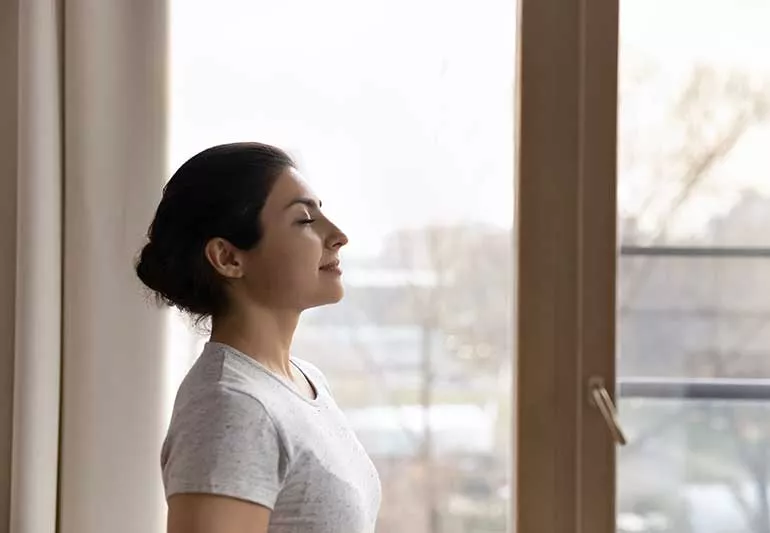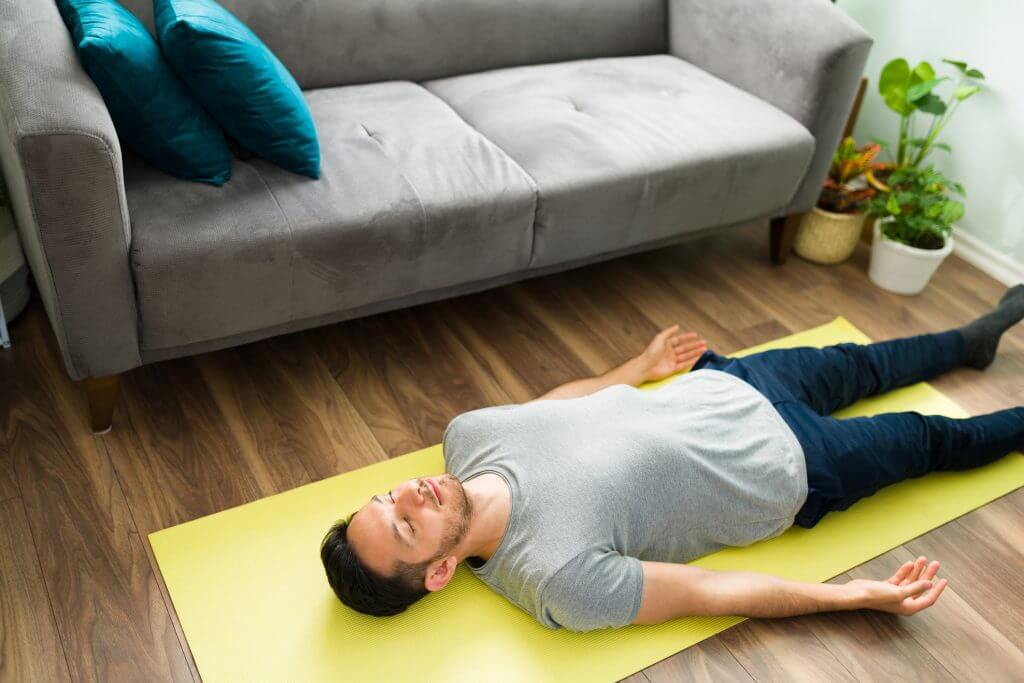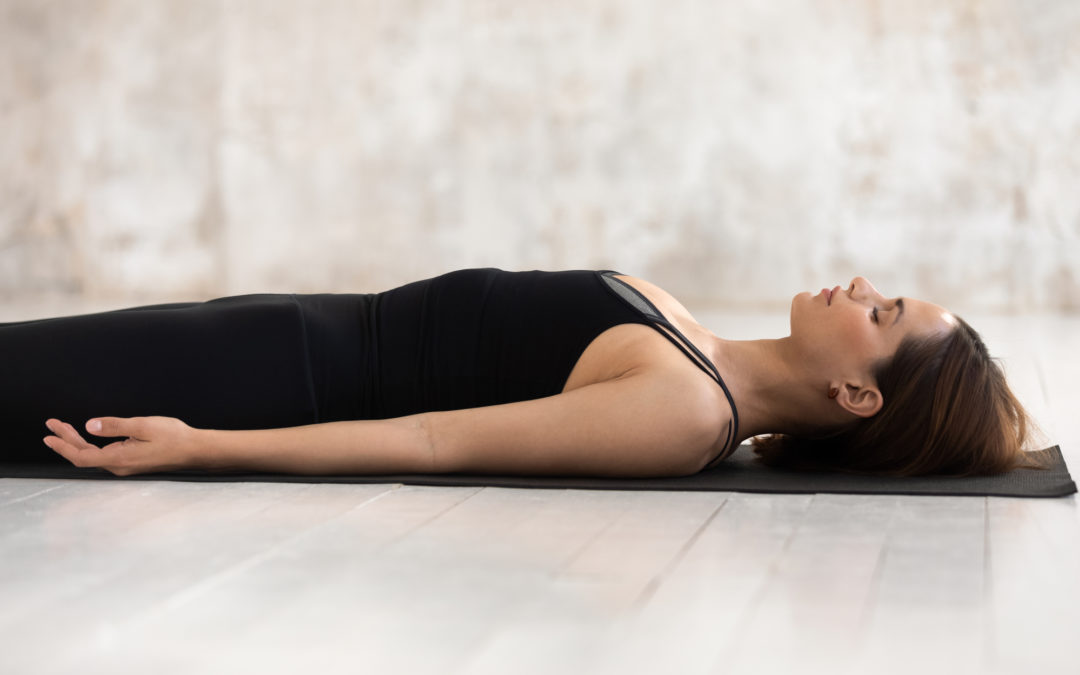Muscle Relaxation Therapy: Harnessing the Healing Power 2024
Muscle Relaxation In today’s fast-paced world, stress and tension often manifest in our bodies, leading to muscle stiffness, discomfort, and fatigue. Muscle relaxation techniques offer a holistic approach to releasing tension, promoting relaxation, and restoring balance to both the body and mind. From progressive muscle to guided imagery, exploring the diverse array of muscle relaxation methods can empower individuals to cultivate a sense of calm, rejuvenation, and well-being in their daily lives.
Unwinding the Body and Mind: The Benefits of Muscle Relaxation Techniques

Muscle Relaxation
Understanding Muscle Relaxation
Muscle relaxation techniques encompass a variety of practices aimed at reducing muscle tension and promoting a state of relaxation. These techniques target the body’s physiological response to stress, which often involves involuntary muscle contractions and heightened arousal. By deliberately releasing tension in specific muscle groups, individuals can induce a deep sense of relaxation and alleviate symptoms associated with stress, anxiety, and physical discomfort.
Benefits of Muscle Relaxation
- Stress Reduction: Muscle relaxation techniques help to activate the body’s natural relaxation response, counteracting the physiological effects of stress. By promoting relaxation and reducing muscle tension, these techniques can alleviate symptoms of stress, such as elevated heart rate, shallow breathing, and heightened muscle tension, leading to a sense of calm and tranquility.
- Pain Management: Chronic muscle tension and stiffness can contribute to the experience of pain and discomfort, particularly in areas prone to stress, such as the neck, shoulders, and back. Muscle techniques can help individuals manage pain by promoting blood flow, releasing trigger points, and reducing muscle spasms, leading to improved comfort and mobility.
- Improved Sleep Quality: Muscle relaxation techniques are often used as part of bedtime routines to promote relaxation and prepare the body for sleep. By releasing tension and quieting the mind, these techniques can help individuals achieve a state of deep relaxation conducive to restful sleep. Improved sleep quality can have far-reaching benefits for overall health and well-being.
- Emotional Regulation: The mind-body connection plays a crucial role in emotional regulation, with muscle techniques offering a pathway to modulate emotional states. By promoting relaxation and reducing physiological arousal, these techniques can help individuals manage emotions such as anxiety, anger, and frustration, fostering a greater sense of emotional balance and resilience.

Muscle Relaxation
Common Muscle Relaxation Techniques
- Progressive Muscle Relaxation (PMR): PMR involves systematically tensing and releasing muscle groups throughout the body, starting from the toes and working up to the head. This technique allows individuals to become more aware of muscle tension and learn to release it consciously, promoting deep relaxation and stress relief.
- Deep Breathing Exercises: Deep breathing techniques, such as diaphragmatic breathing or belly breathing, complement muscle relaxation by promoting relaxation of the diaphragm and reducing tension in the chest and abdomen. Deep breathing exercises can be practiced independently or in combination with other relaxation techniques for enhanced effectiveness.
- Guided Imagery and Visualization: Guided imagery involves mentally visualizing peaceful and calming scenes or scenarios to evoke relaxation and reduce stress. By engaging the imagination and focusing on pleasant sensory experiences, individuals can create a mental oasis of tranquility, promoting relaxation and emotional well-being.
- Yoga and Stretching: Yoga and stretching routines incorporate gentle movements and stretches designed to release tension, improve flexibility, and promote relaxation. Practices such as Hatha yoga, Yin yoga, and gentle stretching sequences can help individuals connect with their bodies, release physical tension, and cultivate a sense of inner peace.
Incorporating Muscle Relaxation into Daily Life
Integrating muscle relaxation techniques into daily life can be simple and accessible, requiring only a few minutes of focused attention and intention. Whether practiced independently or as part of a structured relaxation routine, these techniques offer valuable tools for managing stress, promoting relaxation, and enhancing overall well-being. By prioritizing self-care and incorporating muscle relaxation into our daily routines, we can cultivate resilience, balance, and vitality in our lives.
Muscle relaxation techniques offer a gateway to deep relaxation, stress relief, and emotional well-being, empowering individuals to unwind and rejuvenate amidst life’s challenges. Whether through progressive muscle, deep breathing exercises, guided imagery, or yoga and stretching, there are countless ways to release tension, promote relaxation, and restore balance to the body and mind. By embracing these techniques and incorporating them into our daily lives, we can nurture a greater sense of peace, vitality, and resilience, enriching our experience of health and happiness.
Exploring the Pros and Cons of Muscle Relaxation Techniques
Muscle relaxation techniques offer a range of benefits for physical and mental well-being, but like any practice, they also come with potential drawbacks and limitations. Understanding the advantages and disadvantages of muscle can help individuals make informed decisions about incorporating these techniques into their self-care routines. Let’s delve into the pros and cons of muscle relaxation to gain a comprehensive understanding of its impact on health and wellness.

Muscle Relaxation
Advantages of Muscle Relaxation Techniques
- Stress Reduction: Muscle relaxation techniques, such as progressive muscle and deep breathing exercises, are effective tools for reducing stress and inducing a state of relaxation. By releasing tension in the body and calming the mind, these practices help alleviate symptoms of stress, anxiety, and tension, promoting a sense of calm and well-being.
- Pain Management: Chronic muscle tension and stiffness can contribute to discomfort and pain in various parts of the body, particularly the neck, shoulders, and back. Muscle relaxation techniques can help individuals manage pain by promoting blood flow, releasing trigger points, and reducing muscle spasms, leading to improved comfort and mobility.
- Improved Sleep Quality: Muscle relaxation techniques are often used as part of bedtime routines to promote relaxation and prepare the body for sleep. By releasing tension and quieting the mind, these techniques can help individuals achieve a state of deep relaxation conducive to restful sleep. Improved udintogel sleep quality can have significant benefits for overall health and well-being.
- Emotional Regulation: The mind-body connection plays a crucial role in emotional regulation, with muscle relaxation techniques offering a pathway to modulate emotional states. By promoting relaxation and reducing physiological arousal, these techniques can help individuals manage emotions such as anxiety, anger, and frustration, fostering a greater sense of emotional balance and resilience.
Disadvantages and Challenges of Muscle Relaxation Techniques
- Time and Commitment: Consistent practice is key to reaping the benefits of muscle relaxation techniques, but carving out time for relaxation sessions can be challenging in today’s busy world. Individuals may struggle to prioritize self-care amidst competing demands and responsibilities, making it difficult to maintain a regular relaxation practice.
- Initial Discomfort or Resistance: Some individuals may experience discomfort or resistance when first attempting muscle relaxation techniques, particularly if they are not accustomed to focusing on bodily sensations or engaging in relaxation practices. It may take time for individuals to become comfortable with the sensations and learn to fully relax their muscles.
- Potential Overuse or Dependence: While muscle techniques can be effective for managing stress and promoting relaxation, there is a risk of overuse or dependence on these practices as a coping mechanism. Relying solely on relaxation techniques to manage stress may neglect addressing underlying issues or developing alternative coping strategies.
- Not Suitable for Everyone: Muscle techniques may not be suitable for everyone, particularly individuals with certain medical conditions or physical limitations. It’s essential to consult with a healthcare professional before beginning any relaxation practice, especially if you have a history of musculoskeletal issues, injuries, or other health concerns.
Conclusion
Muscle relaxation techniques offer a multitude of benefits for promoting relaxation, stress reduction, and overall well-being. By releasing tension in the body and calming the mind, these practices empower individuals to manage stress, alleviate pain, and cultivate emotional balance. However, it’s important to recognize the potential challenges and limitations of muscle relaxation techniques, including the time commitment, initial discomfort, risk of overuse, and suitability for different individuals. By approaching muscle with awareness, intention, and moderation, individuals can harness its benefits while navigating any potential drawbacks, ultimately fostering a healthier and more balanced approach to self-care and well-being.
Read More Article About “Exploring the Com Tam: Delicacy Vietnamese Culinary Gem“













